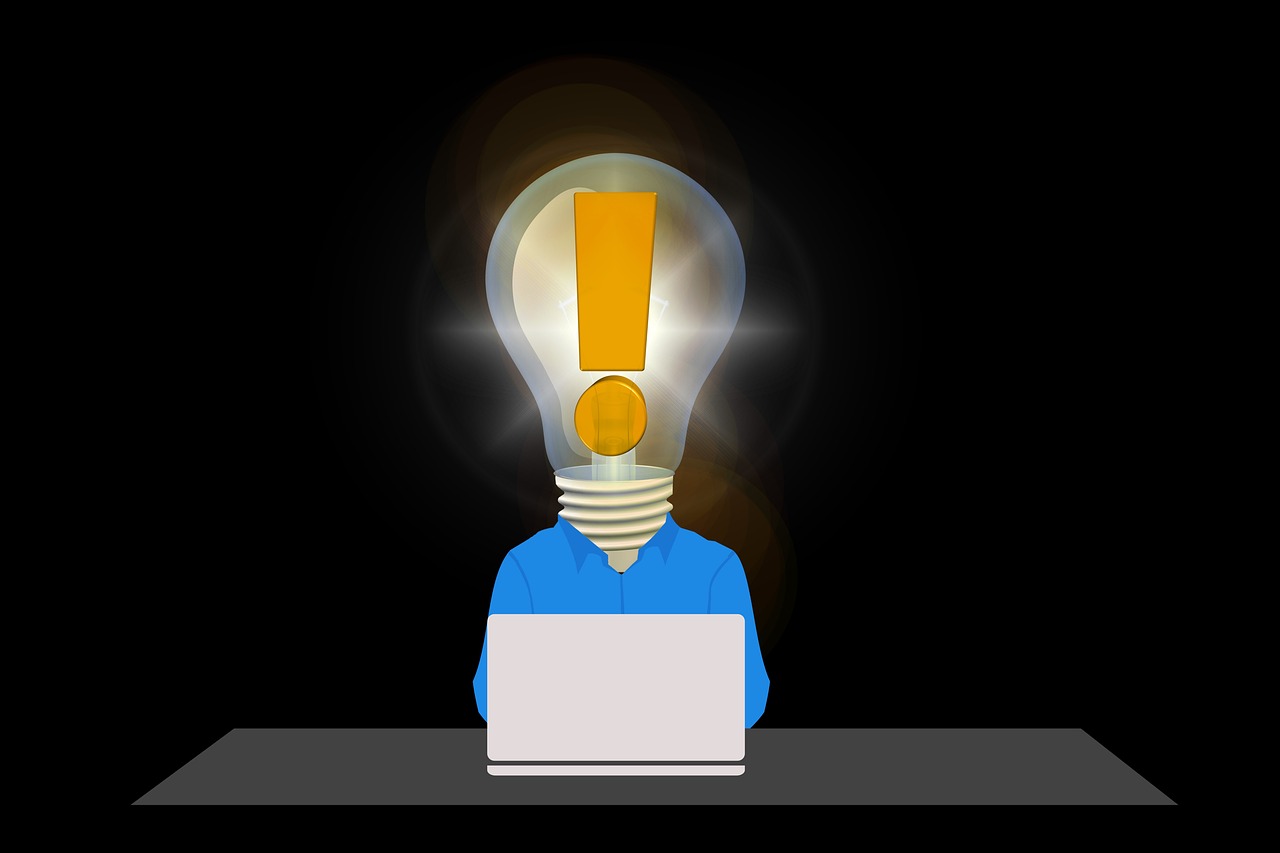Introduction:
In the ever-evolving landscape of technology, the lithium-ion battery stands as a silent powerhouse, driving the revolution in portable electronics, electric vehicles, and renewable energy storage. The magic lies in its ability to efficiently store and release energy through a sophisticated interplay of lithium ions shuttling between electrodes. This article delves into the fundamental workings, applications, and advantages of lithium-ion batteries, illuminating their pivotal role in shaping the future of energy storage.
Anatomy of a Lithium-Ion Battery:
Anode – Carbon’s Role:
- The anode, the battery’s negative electrode, is typically crafted from carbon, often in the form of graphite. During the discharge phase, lithium ions migrate from the anode to the cathode, releasing energy for use in various applications.
Cathode – Metal Oxides in Action:
- The cathode, the positive electrode, is commonly composed of metal oxides like lithium cobalt oxide (LiCoO2), lithium manganese oxide (LiMn2O4), or lithium iron phosphate (LiFePO4). As the battery discharges, lithium ions flow from the anode to the cathode, creating an electric current.
Separator – Preventing Short Circuits:
- The separator is a porous material that keeps the anode and cathode apart, preventing a short circuit while allowing the free movement of lithium ions. It plays a crucial role in the safety and functionality of the battery.
Electrolyte – Facilitating Ion Flow:
- The electrolyte, a solution or gel containing lithium salts, facilitates the movement of lithium ions between the anode and cathode during the charging and discharging cycles.
Operation of a Lithium-Ion Battery:
Discharging (Power Delivery):
- During discharging, lithium ions move from the anode to the cathode through the electrolyte, generating an electric current that powers devices or systems.
Charging (Replenishing Energy):
- During charging, an external electrical source drives lithium ions from the cathode back to the anode. This process replenishes the energy stored in the battery for subsequent use.
Advantages of Lithium-Ion Batteries:
High Energy Density:
- Lithium-ion batteries offer a remarkable energy density, packing a significant amount of energy into a compact and lightweight form. This characteristic makes them ideal for portable electronic devices and electric vehicles.
Rechargeability:
- One of the standout features of lithium-ion batteries is their rechargeability. They can undergo numerous charge-discharge cycles with minimal degradation, making them a sustainable and cost-effective energy storage solution.
Low Self-Discharge Rate:
- Lithium-ion batteries exhibit a lower self-discharge rate compared to other rechargeable batteries. This means they can retain their charge for extended periods, making them reliable for intermittent use.
Versatility in Applications:
- The versatility of lithium-ion batteries is evident in their widespread use across various applications. From powering smartphones and laptops to propelling electric cars and storing renewable energy, their adaptability is a driving force for innovation.
No Memory Effect:
- Unlike some other rechargeable batteries, lithium-ion batteries do not suffer from the memory effect. Users can charge them at any state of discharge without negatively impacting their performance.
Challenges and Future Developments:
- While lithium-ion batteries have revolutionized energy storage, challenges such as thermal runaway and safety concerns persist. Ongoing research focuses on addressing these challenges, with advancements in battery technology aimed at enhancing safety and overall performance.
Conclusion:
In the dynamic landscape of energy storage, lithium-ion batteries stand tall as a testament to human ingenuity and innovation. Their impact on modern technology is profound, shaping the way we power our devices, drive our vehicles, and harness renewable energy. As researchers and engineers continue to refine lithium-ion battery technology, we can anticipate even more efficient, safer, and sustainable energy solutions that will play a pivotal role in powering the future. The journey of the lithium-ion battery is far from over, and its narrative is one of continuous evolution and progress.















